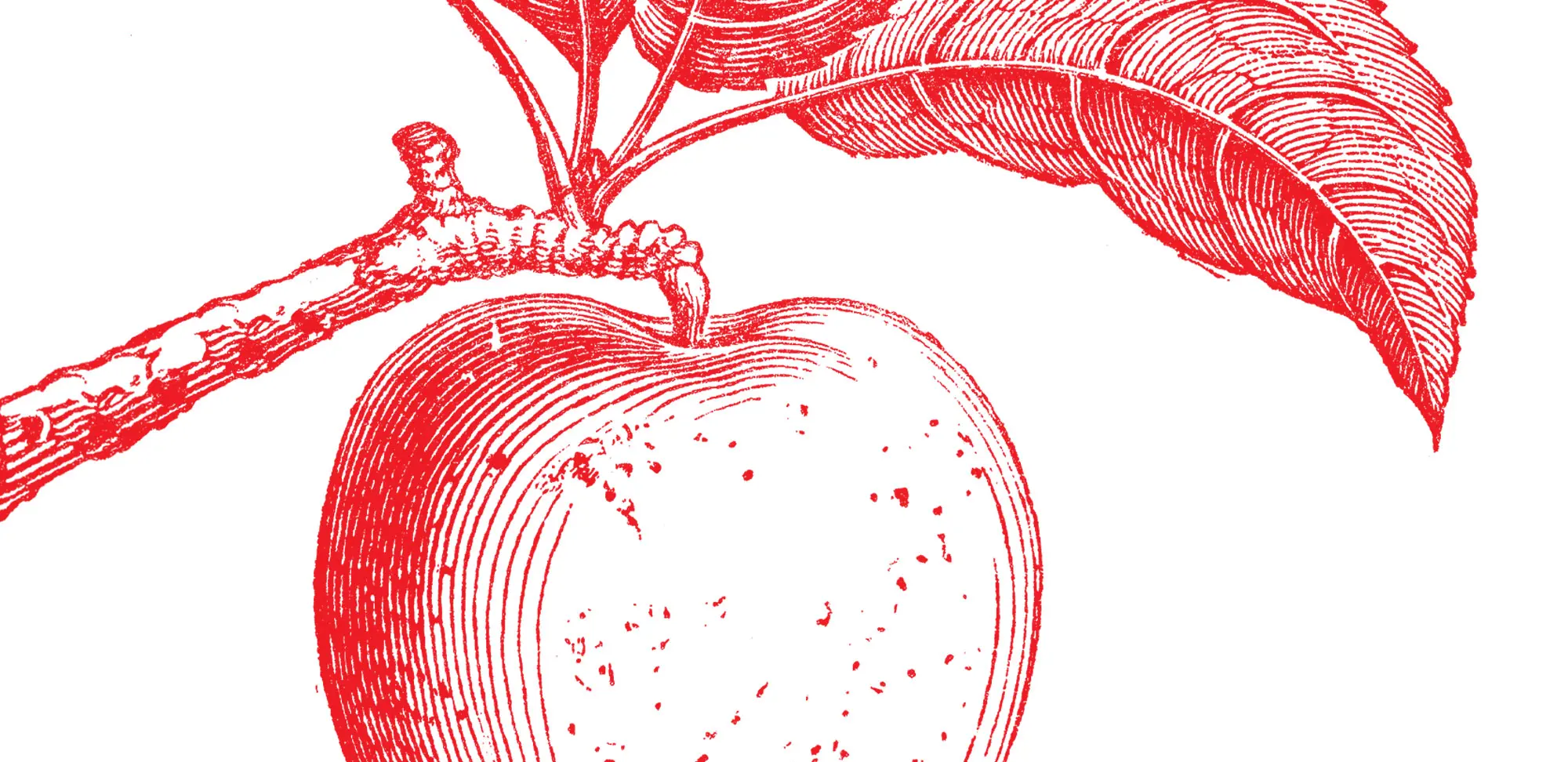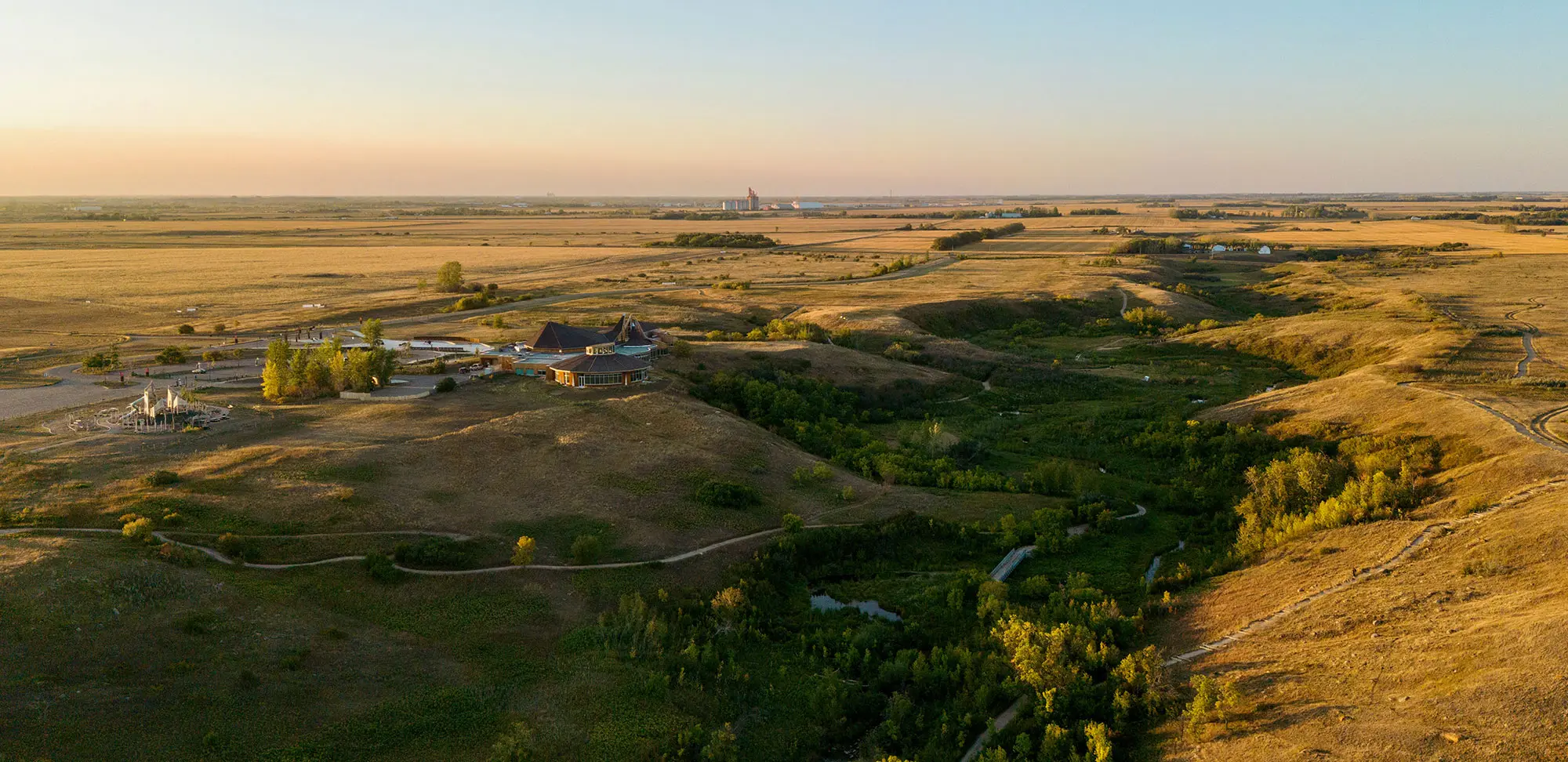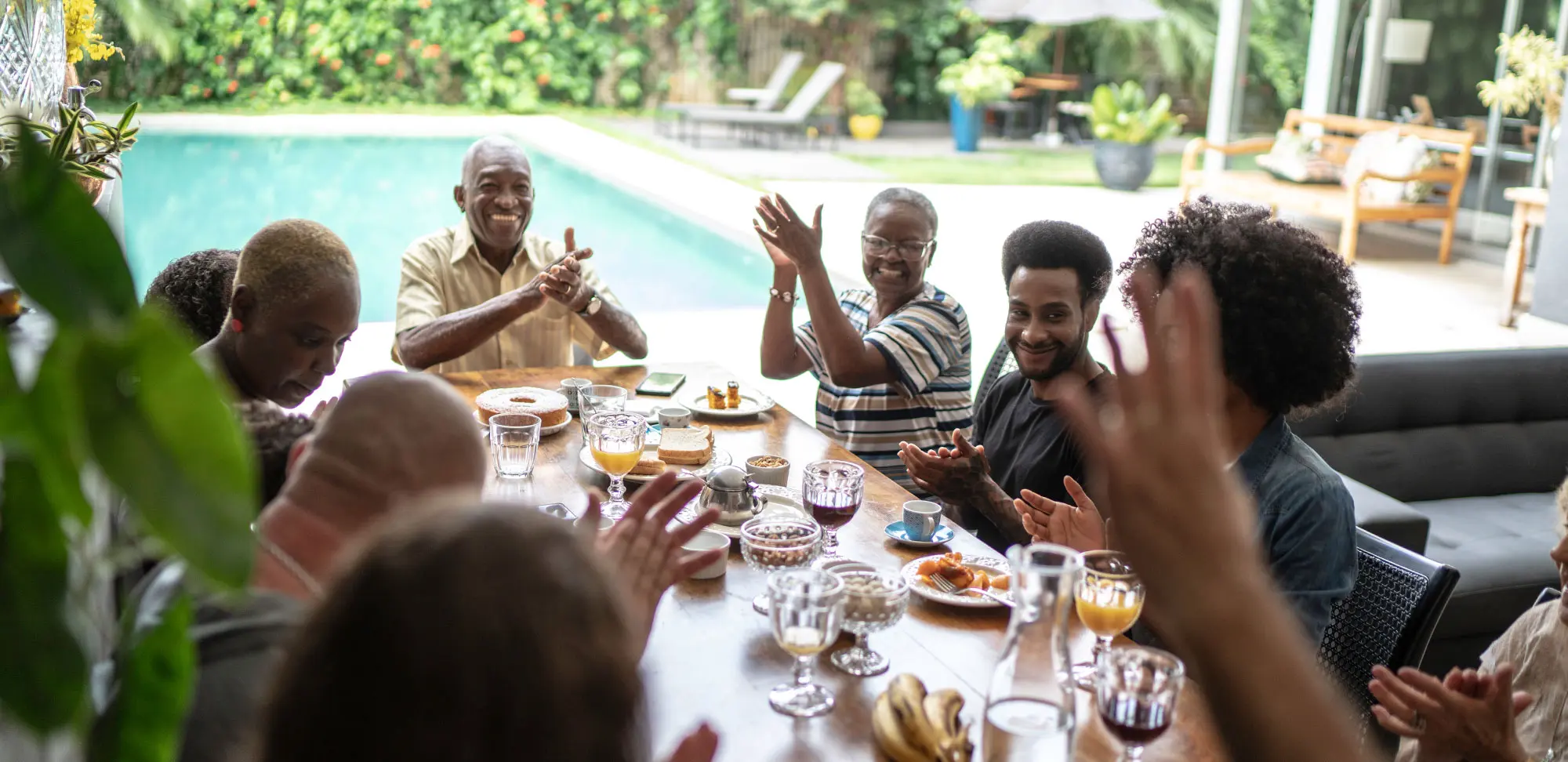In the fall of 2003, a teacher on our staff at St. Martin School invited Ted van der Zalm, co-founder of the charitable organization Wells of Hope, to speak to the students about his experience drilling water wells in Guatemala.
Here was an opportunity for adventure in my retirement, I thought — where do I sign up?
On October 4, 2004, I climbed behind the wheel of an old mini school bus and joined the convoy of drilling rigs and pickup trucks driving 5,000 kilometres from St. Catharines, Ont., to Laguna El Pito, in the mountains near Jalapa, Guatemala, where we set up the tents that would be home for the next six months.
It was the genesis of a journey that would open my eyes, mind and heart in a way I never experienced in my 32 years as a teacher, principal or consultant.
At the beginning, my responsibilities included teaching three of Ted’s children in the morning and purchasing fuel for the drilling rigs and food for the camp. I had learned a little Spanish before I left, which was helpful.
October 14, 2004, my first afternoon: Laguna El Pito is about 2,000 metres above sea level, and my ears popped three times as I drove back from the town of Jalapa with food and fuel for the drilling rigs. I had driven the wrong way down a one-way street, right in front of the police station. The officer simply motioned me to back up; no ticket, no problem.
Among the trees along the side of the road I saw the adobe brick houses, the lagoon where women washed clothes and filled their plastic containers with drinking water. Women with stacks of firewood on their heads plodded up the roadway, and raggedly dressed children played in any level space they could find.
I have driven to Guatemala twice since 2004 — the second time after Hurricane Stan; the police escorted us from the Mexican border to Guatemala City because the bridges had been washed out. I have flown down about 25 times. The first few years, I spent several months in Guatemala; later I’d go twice a year and stay for a month or so. I travelled mostly with Don Evans, a retiree from Dunnville, Ont. I was introduced to Don at the Buffalo airport in November of 2009 when we were both headed to Guatemala. My wife, Irene, came with me once, but it just wasn’t her calling.
Over the years as Wells of Hope expanded its role, my responsibilities changed.
As my Spanish improved, I interacted more fully with the local people and began to understand a little more of the Xinka culture. I became the host for high school groups from Canada that arrived during the school year with their teacher chaperones. I also taught a little English in some of the local schools. When several Canadian doctors volunteered to help, I arranged with the local hospital to have them do clinics. I did some of the translating and became much more aware of the health issues of the local population. The high incidence of parasites was proof of the lack of potable water.
We began to construct the first of 23 schools and made improvements to five others, ultimately providing 5,300 students and their teachers with better facilities. While our experienced construction volunteers worked on the sites, I arranged for the necessary materials.
When I sent pictures of corn-stalk schools and dirt-floor classrooms to my former school board, they were happy to donate used desks and computers.
The original drilling-rig cable we brought from Canada proved inadequate to drill 800-foot wells in the mountains. In 2010, fundraising allowed the purchase of a much more advanced drilling rig, and to date 32 wells are operational, serving some 90,000 Indigenous people. A building was constructed on the campsite to teach sewing, and a business component was added for women who want to start sewing businesses. Visiting groups from Canada have helped build adobe houses for single mothers. Agricultural initiatives have taught local women how to grow vegetables that can be sold, as well as providing some space for them to grow produce for their families.
For about seven years I organized dental clinics through Kindness in Action, a volunteer dental group from Alberta. We held dental clinics in schools, which required me to work closely with school personnel and the local Indigenous leaders. My team of volunteers kept the dentists fed and the camp clean, while my friend Don ensured that the electrical generators and compressors worked during those clinics.
After the clinics wrapped up, Don and I toured parts of Guatemala and El Salvador on two small Suzuki motorcycles we had purchased. Travelling by motorcycle was a great way to experience the country close-up and provided interesting interactions with many Guatemalans.
In 2018, we started the construction of the first locally staffed medical centre in the mountains. COVID caused some delays, but in 2021 the centre became functional, providing a much-needed service to the local community.
I originally came to Guatemala for a retirement adventure. But I soon realized that what I really wanted from the experience was an opportunity to improve people’s lives.


My eyes were opened to the challenges of life that beset the subsistence farmers and people who live in the mountains. No social safety nets, poor medical facilities, almost no source of steady income, lack of free education, lack of clean water, no sewage treatment and on and on.
I learned that it’s what you don’t see that is more important than what you observe initially. When you look past the obvious signs of poverty, your mind and your heart open up to the needs of another human being.
Through my years of volunteering, I have met some incredible people who are dedicated to helping others. My volunteering has provided a significant life purpose. I have a greater appreciation of so many things we take for granted in Canada and see in the simple lives of the mountain people that happiness can be achieved with strong family ties, faith and a determination to succeed despite the challenges. I learned that understanding the culture and working in cooperation with the local people are necessary for a project’s success.
Your heart is touched when you learn the names of the poor and their family situations. It’s touched when you see a dental or medical situation that won’t be resolved. It’s touched when you know the school children are every bit as capable as Canadian children but few, if any, will advance past high school or have a decent chance at a better life than their parents.
My last visit was late November 2018. My plane tore down the runway of La Aurora International Airport, and the familiar buildings of Guatemala City disappeared as the plane gained altitude; the peaks of the local volcanoes were visible as we turned north. In eight hours or so, I would be back in Canada, but a piece of my heart would remain in the mountains, calling me back when the pandemic has run its course.






